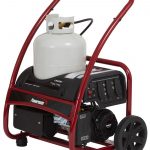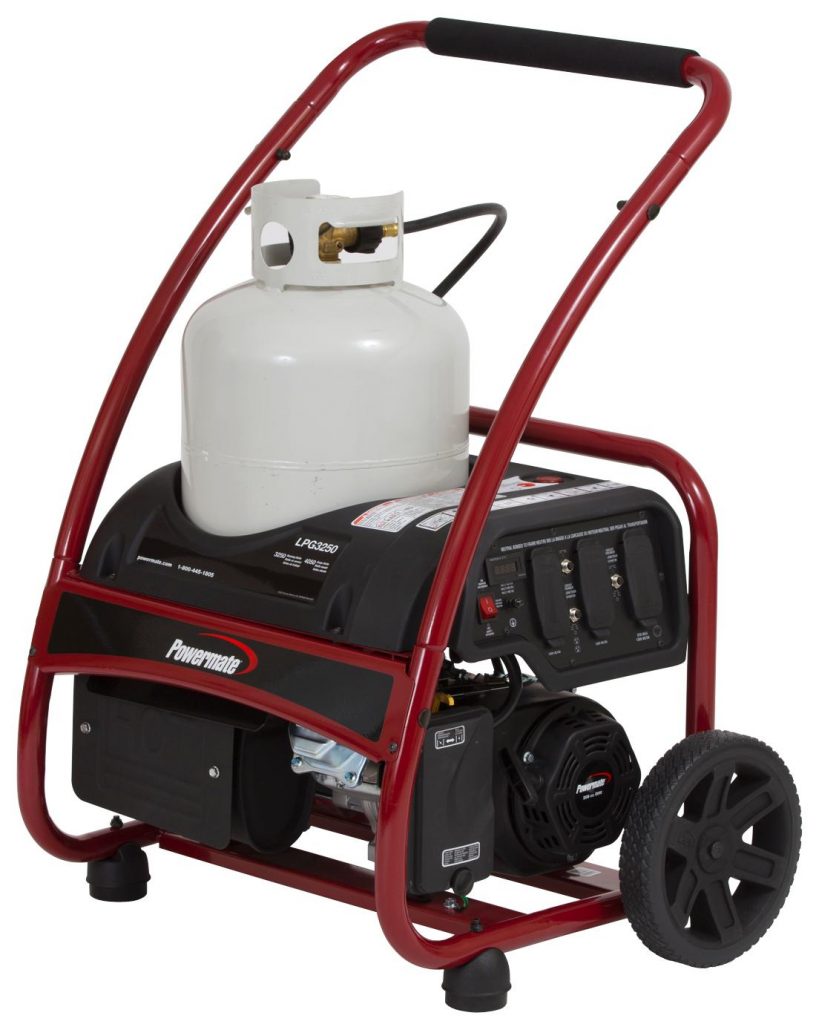
 Introduction
Introduction
In this post, we are going to debate if portable or standby generators are worth it or not? Before we move into the discussion, we need to define our terms.
First of all, decide if you need a generator or not. If you reside in an area where there are frequent power outages for whatever reason, you might want to consider investing in a generator. The generator will give you electricity on demand.
On the other hand, if you are living in an area where there is an occasional loss of power if any, you may be able to live without a generator.
However, in these uncertain times, many folks like to be prepared for an emergency and proactively invest in a generator.
What are portable generators?
Portable generators are engines which use gas power to create electricity. They turn an onboard alternator to provide electricity. You can either direct plug in your appliances into the provided sockets, or connect the generator to your home, RV, camping tent, etc.
What are standby generators?
Standby generators are backups to electrical systems. Most of the time they have an automatic transfer switch that will detect the loss of power from the grid, and within seconds start the generator. Once the generator is running, power is supplied by it.
Portable versus Standby Generators
Portable generators come in all shapes and sizes. The primary benefit is that it provides a source of power which you can take along with you where ever you go.
Portable generators are more affordable than standby ones. They run between $500-$1500 on an average. Although the cost is less, the manual labor required is far more. Portable generators mostly need to be manually started and shut down. That means you, or somebody has to be present when the generator is required.
Mind you; they can be heavy machinery, nonetheless. Do not expect to carry the generator around like you would a handbag, instead think of it as fully packed suitcases. You will need muscle power to cart them around.
Many models come with built-in wheels making it easier to move around. However, if you have to haul it into your minivan or truck, you will need a little help from your friendly muscular neighbor.
Another benefit is that they are cheaper compared to standby ones. If you need one now, you can walk to your favorite hardware or home appliance store, buy it, bring it home, put the required fuel, start it up, and you are in business.
On the other hand, if you want a standby generator, you will need to consult with a licensed electrician first to determine what you will need and where you will install it.
Most of the standby models use natural gas as fuel. You will need to get a gas line connected to the generator. You can get one that works on diesel fuel, but that will require storing a large quantity of diesel in the proximity of your home. The advantage of the natural gas models is that your home may already have a supply coming from the city your stove and dryer. All you have to do is get a professional to install an additional line for your new standby generator.
Next, you may need to get a permit from your local building department. One for building a base to put the generator. These machines can be massive and will require a dedicated concrete foundation. Another permit will be for the natural gas line, etc. It is best to check with your building department. You will have to do your due diligence in these matters. We can only make suggestions; we cannot take any legal responsibility.

What do you expect your generator to do for you?
If you need occasional power, or, you want to power up a few lights, a fan perhaps, and be able to charge your mobile phones in a power outage, you can safely consider buying a portable generator.
On the other hand, if you plan to continue using all the power in your house, during an outage, that you use when the electricity is coming from the grid, you will undoubtedly need to invest in a standby generator.
Limits of portable generators versus standby generators
Portable generators have fuel tanks similar to the one in your vehicle. Every minute that the generator runs, it will consume the fuel. Soon the gas tank will be empty. Depending on the hours that you would want to run it, you will need to store extra fuel.
Several constraints come with storing fuel in the vicinity of your home or place of residence. The first and foremost is the question of safety. You don’t want your garage or basement full of flammable material! Yes, there are ways and means of storing a decent amount of fuel.
Like all engines, portable generators will emit deadly carbon monoxide. Due to this hazard, a portable generator must be kept at least ten feet away from the house. Some folks keep them in the garage and leave the door open. Even with their doors open garages do not offer enough ventilation. Period.
If it is snowing, you have to plow through the snow to start up the generator. When it is running out of fuel, you will have to go back into the storm in the middle of the night to refuel it. There are several considerations while refueling a portable generator which you need to keep in mind. Before refueling, you have to shut off the generator to let it cool.
Here is an excellent resource for generator safety tips
Standby generators are directly connected to the gas line. They will have an almost unlimited supply of fuel. You will not have to worry about running out of gas, or storing fuel as you would with a portable generator. That is a definite advantage of standby generators when you feel that you will need continuous power for long periods of time.
Conclusion
Both the types of generators have their pros and cons. The deciding factor for you will be what you want out of it.
To recap, if you need occasional power only, or, you want portability with power generation, then the portable kind will work best for you.
On the other hand, if you want to create a backup of your power system for whatever reason, it would be better to invest in a standby system.





































 Your bulbs are likely to be some of the most used devices in your home. They can also be some of the most costly if you are not mindful of their power output. The sound of parents or prudent housemates telling us to “turn out lights when you aren’t using them” is probably ringing forever in our ears. This advice though is well founded and the first step you can take in lowering your home energy cost, sometimes dramatically.
Your bulbs are likely to be some of the most used devices in your home. They can also be some of the most costly if you are not mindful of their power output. The sound of parents or prudent housemates telling us to “turn out lights when you aren’t using them” is probably ringing forever in our ears. This advice though is well founded and the first step you can take in lowering your home energy cost, sometimes dramatically.










